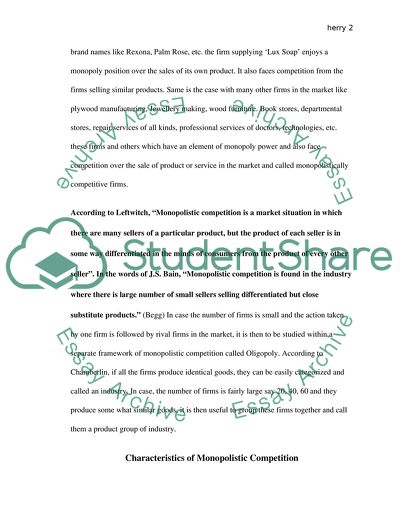Cite this document
(Monopolistic competition and price taker demand Case Study, n.d.)
Monopolistic competition and price taker demand Case Study. https://studentshare.org/macro-microeconomics/1715426-monopolistic-competition-and-price-taker-demand
Monopolistic competition and price taker demand Case Study. https://studentshare.org/macro-microeconomics/1715426-monopolistic-competition-and-price-taker-demand
(Monopolistic Competition and Price Taker Demand Case Study)
Monopolistic Competition and Price Taker Demand Case Study. https://studentshare.org/macro-microeconomics/1715426-monopolistic-competition-and-price-taker-demand.
Monopolistic Competition and Price Taker Demand Case Study. https://studentshare.org/macro-microeconomics/1715426-monopolistic-competition-and-price-taker-demand.
“Monopolistic Competition and Price Taker Demand Case Study”. https://studentshare.org/macro-microeconomics/1715426-monopolistic-competition-and-price-taker-demand.


